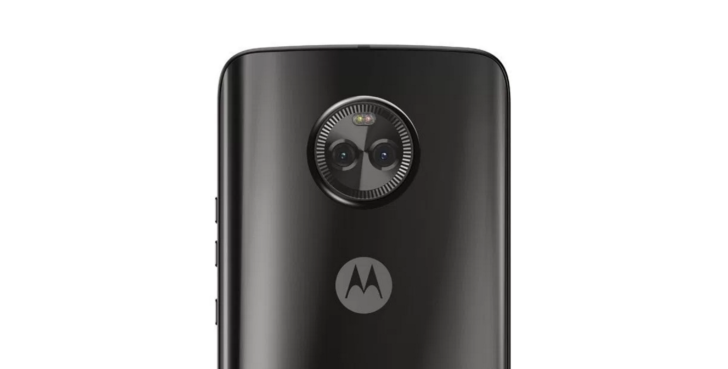Thanks to yet another leak, we now know that the new HTC flagship, the HTC 10 will be sporting a Super LCD 5 display and we’ll have a battery with a capacity of 3,000 mAh.
Let’s take a look at both of these new details. A LCD display would appear to rule out, at least on the surface, features such as an always-on display and active notifications and it definitely means you’ll not get any benefits for your dark theme that an AMOLED screen would net you. That said, even Motorola, after pioneering active notifications, switched to LCD displays so don’t scratch that feature out yet.
What is the Super precedes LCD and the 5 that succeeds it? Super LCD is the future of LCD. A Super LCD screen differs from a regular one in the gap between the display and the liquid crystal layer. In a Super LCD screen, the liquid crystal layer is laminated directly atop the display, leaving little or no gap unlike regular LCD displays. Apart from minimising screen glare, this also brings content closer to the surface, making it feel closer to your finger.

This isn’t HTC’s first foray into this display technology as the One M9 featured a Super LCD 3 display. Only after we’ve seen it ourselves can we tell how much of an improvement this is over that.
The battery capacity doesn’t have much to discuss. Phones from 2014 have battery capacities that meet or exceed but Android has come a long way since then so if this helps HTC in keeping the phone sleek without compromising on the battery front then we’re all for it.
Of course, nothing is set in stone until the phone is made official and we’ll make you don’t miss that.



